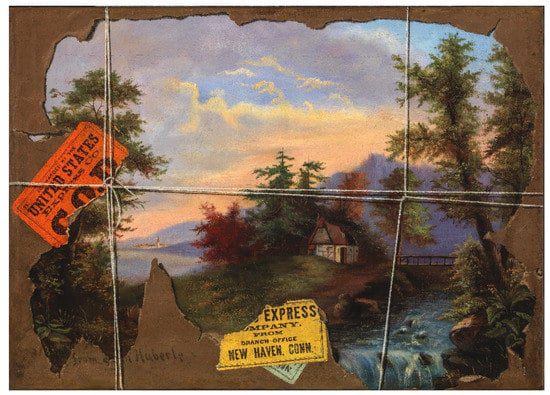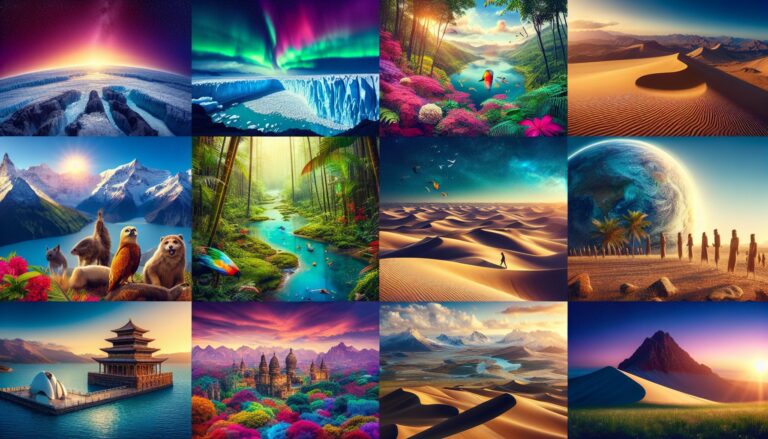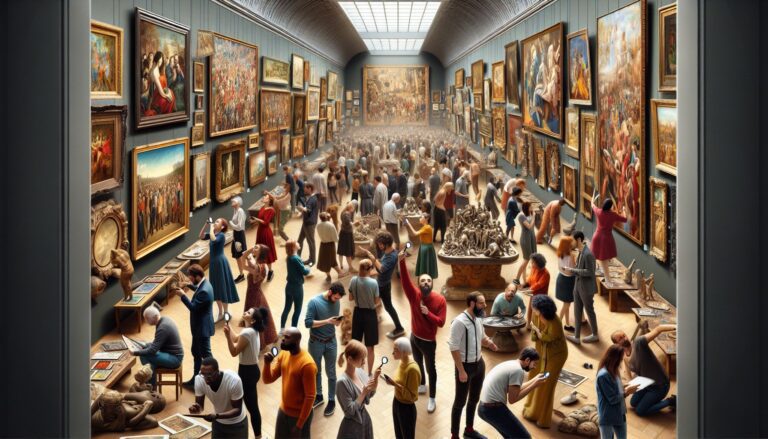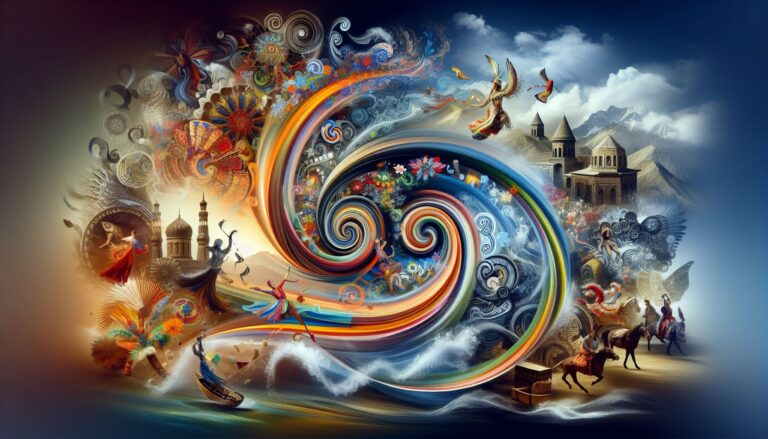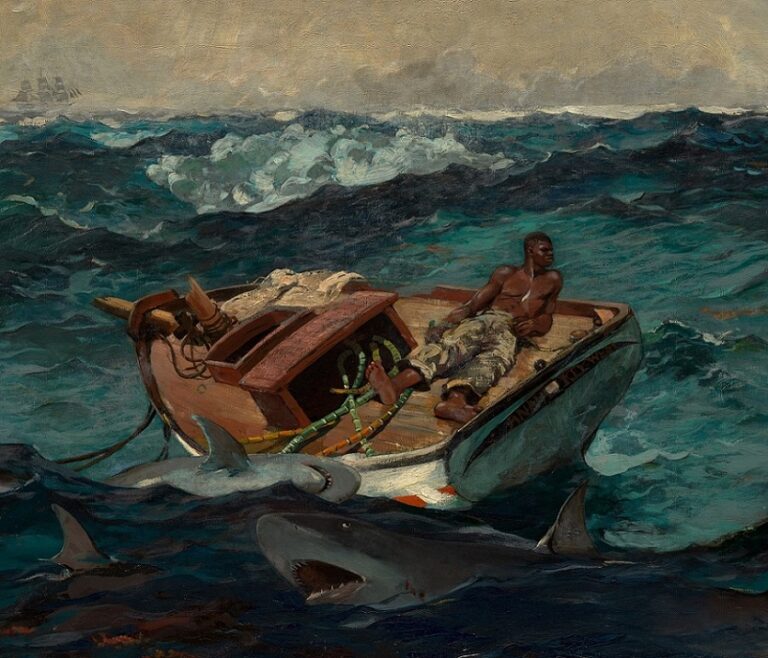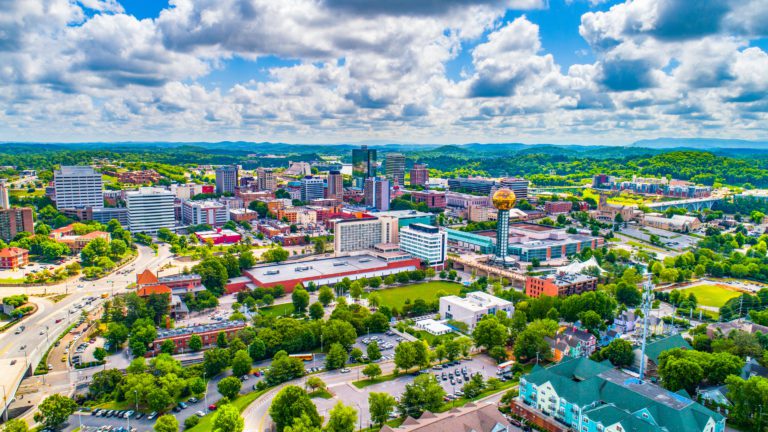Journey Through the Canvas: Unseen Destinations Expressed Through Art
When the doors to a grand gallery swing open, the air turns thick with the palpable excitement of discovery. From the vivid palettes of the Impressionists to the surreal expressions of modern art, there is a universe within every painting. One often overlooked facet of this universe is the oft-hidden realm of the artist’s geography, the landscapes and cultures that mould their creative expression. Let’s embark on a virtual journey that transports us to unseen destinations and cultures through the vivid lens of art.
Art has been immortalizing the vistas of our world since prehistoric times, with early humans using natural pigments to portray their surroundings on the cave walls. Fast forward to the Renaissance, where artists like Leonardo da Vinci and Sandro Botticelli painted picturesque landscapes of their Italian homeland that continue to enchant viewers to this day. The point being, the brush often becomes an extension of the artist’s eye, capturing the essence of their environment in immortal pigments.
I invite you, dear reader, to join this exploration as we navigate through quaint quarters of continents and hushed corners of cultures, each uniquely encapsulated in an array of art forms. Let’s turn the canvas into our compass and allow art to lead us to uncharted territories.
Our journey commences in the heart of Africa, with the intricate beadworks of the Yoruba people of Nigeria. Infused with centuries-old symbolism, these colourful tapestries tell fascinating tales of Yoruba history, mythology, and social practices. Each bead and stitch individually placed, like the careful pressing down of keys on a typewriter, narrating stories rarely heard in mainstream discourse.
Next, we sail to Eastern Europe, where the architectural majesty of Orthodox churches and monasteries inspires the intricate Icon paintings. Behind the solemn gold-leafed faces and ornate vestments lay the essence of Slavic culture, protected through centuries of war, conquest, and communism.
Our artistic exploration then takes us to the Aboriginal rock art of Australia. This ancient form of expression hasn’t merely documented indigenous history and legends but also captured the diverse fauna, topography, and celestial occurrences unique to the continent. To gaze upon these murals is akin to peering back in time, enabling us to grasp Australia’s identity before European colonization.
Last stop, but no means least, we settle in the serene land of Japan whose art scene is a unique fusion of tradition and innovation. Pottery towns like Bizen and Mashiko provide us with enchanting ceramics, showcasing both the beauty of rustic simplicity and sophistication. Moreover, Japan’s woodblock prints or ukiyo-e capture snapshots of everyday life and iconic landscapes like Mount Fuji, offering us an intimate lens into Japanese culture and their environment.
Through this journey, if one sentiment ultimately shines through, it is that art isn’t merely a bystander to our world’s geography and culture; it is an active participant. As we’ve experienced, artistic expression extends beyond the canvas’s boundaries, seeping into the very landscapes and societies artists hail from. They capture their homes not just through a physical representation but by embedding the intrinsic nature of their culture into their artworks.
In conclusion, art and culture together form a magnificent tapestry that showcases our diversified yet interconnected world. By plunging into this vibrant realm, we embolden our understanding of humanity’s shared history and varied experiences. So next time you look upon an artwork, think about the unseen destinations that brought it into creation. Embark on the voyage it offers, and find yourself getting lost in the wondrous maze that is our collective human saga captured in colours and forms. This is the power of art– the power to ignite curiosity, fuel journeys, and ultimately, connect cultures.
